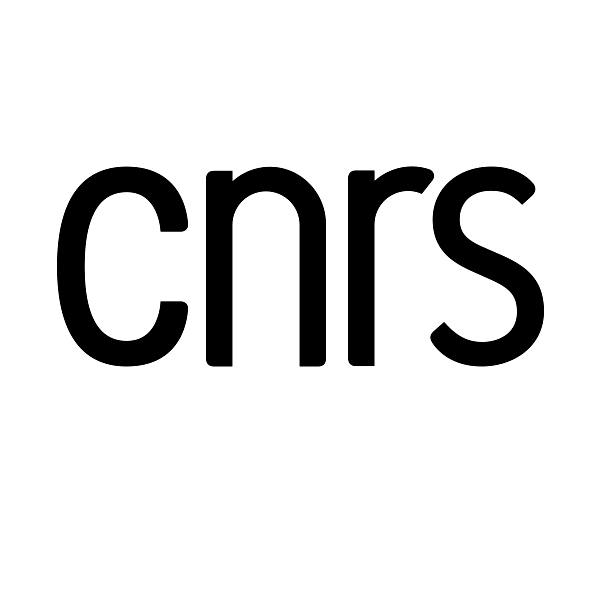Le 29 juin 2017
de 11h30 à 12h00
Le Patio (université de Strasbourg)
22 rue René Descartes, 67000 Strasbourg
salle 3206
Séance - Schenkerian, Riemannian, and Neo-Riemannian Theories
Pré-acte / Acte
Auteur : Thomas Jul Kirkegaard-Larsen
The conceptual schism between the theories of Schenker and Riemann has a long and turbulent history. As is well known, their theories gave rise to two traditions of harmonic and tonal analysis on either side of the Atlantic. Within these traditions, several modifications have been made to Schenker’s and Riemann’s models: For example, the Funktionstheorie dominating in Continental Europe today is not based on harmonic dualism, but is a post-Riemannian monistic version. Comparative studies, however, tend to focus predominantly on the theoretical writings of Schenker and Riemann, thus leaving many questions on the analytical practices in the currently established traditions unanswered.
In regard to these issues, the aim of this paper is to examine a corpus of Schenkerian as well as post-Riemannian functional analyses of Brahms’ late piano pieces, Op. 116-119, with special attention to Op. 119/1. Often analyzed, this piece constitutes a point of intersection between the above-mentioned traditions: Schenkerian analyses in particular emphasize motivic features, while functional analyses tend to reveal a convergence between smaller harmonic events and large-scale tonal structure. In attempting an ‘analysis of analyses’, this presentation discusses to what extent theoretical assumptions and analytical practices influence interpretations of the music. Despite the apparent differences between the Schenkerian and functional analyses, the paper suggests a synthetic reading of Op. 119/1 in an overall argument for the need for – as well as the potentials of – an improved mediation between the analytical traditions.








